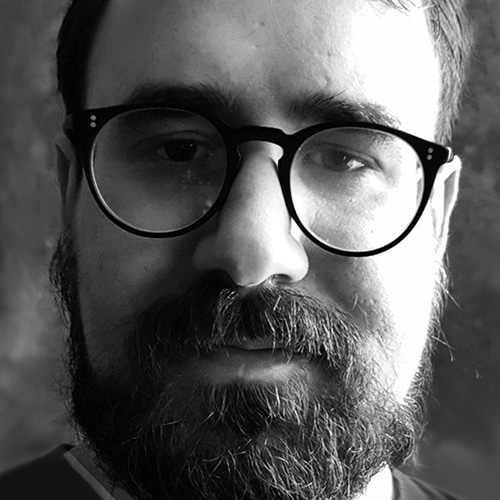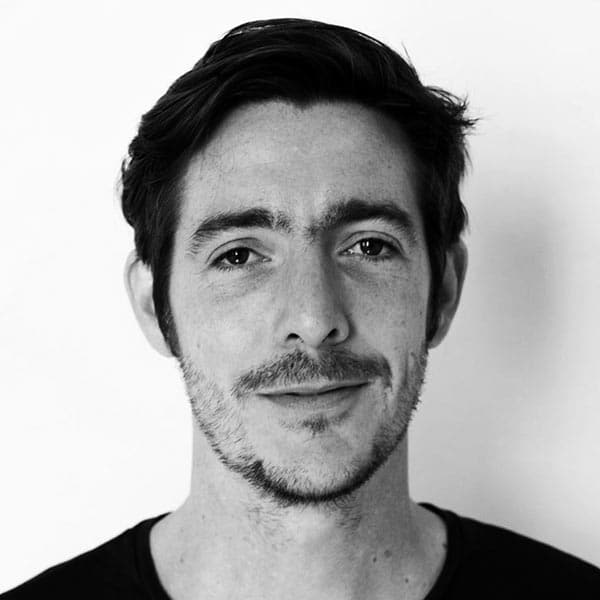Cengil, Lecup: Residual Bodies
A visual journey into the post-organic body and the residues of identity
Cengil, Lecup: Residual Bodies, September 2nd – September 28th.
Residual Bodies is an exhibition that explores the tangible aftermath of digital mediation on human forms and identities. Through imagery made physical via both digital processes and traditional hand techniques, the show invites viewers to reflect on the traces technology leaves on our perception of the human body and selfhood.
Kutay Cengil presents a series of meticulously detailed images, initially generated through intricate digital sculpting. These works, printed canvas, portray dissected hybrid anatomies—seamlessly fusing organic textures and biomechanical constructs. Each piece reveals a careful tension between flesh and synthetic form, embodying a tactile yet otherworldly aesthetic. The physical medium intensifies the encounter with the digitally-originated anatomies, inviting viewers to contemplate the permanence and fragility of bodies caught between natural evolution and artificial alteration.
Gabriel Lecup offers an evocative counterpart through his hand-embossed prints, created using traditional engraving techniques that reinterpret digitally-generated imagery. Lecup’s series, inspired by the early visual representations of sign language and reimagined through contemporary AI distortions, is physically engraved onto parchment, highlighting imperfections, distortions, and ambiguities of digital representation. His work underscores a critical examination of identity, communication, and the human condition in an increasingly digitized society, bringing tactile immediacy to questions of technological representation and cognitive distortion.
The works of the two artists seamlessly extend one another’s narrative, as if part of a shared storyline—yet each piece remains deeply personal in its technique and subject matter. The exhibition feels like it emerged from a common universe of dystopian elements, strikingly resonant with today’s environmental crises and human challenges.
Curator: Stefano Vuga
Cengil, Lecup: Residual Bodies
Kutay Cengil

Kutay Cengil (Turkey 1987) is a highly skilled 3D artist and visual effects (VFX) generalist renowned for his contributions to major film and television productions. His portfolio includes work on high-profile projects such as The Creator (2023), The Batman (2022), Avengers: Infinity War (2018), Dungeons & Dragons: Honor Among Thieves (2023), and The Mandalorian series. Cengil’s professional journey began after completing his studies in Barcelona, Spain. Following an early breakthrough in digital arts—being selected by Pinterest for a group exhibition at New York’s MoMA, later shown at Art Basel Miami—he went on to advance his career in Canada and Australia, gaining experience and refining his craft on various high-profile projects (full list).
His artistic style is characterized by intricate sci-fi and biomechanical designs, often featuring robotic and alien-like forms. You’ll often see machine fused with flesh, complex exoskeletons, and alien anatomies that look both terrifying and elegant. There’s a sense of function within form—as if every cable, plate, or mechanical joint actually serves a biological purpose.
Every element in Kutay Cengil’s work begins with form, constructed meticulously through direct manipulation of geometry. Surfaces are defined through point-by-point decisions, each edge loop placed with intent, each extrusion serving structure rather than ornament. There is no reliance on procedural shortcuts; instead, topology is resolved manually, with careful attention to flow, density, and structural hierarchy. Complex assemblies emerge not from templates, but from iterative refinement—shaping, slicing, and recomposing forms until the mesh itself begins to express weight, purpose, and history.
His approach to sculptural detail is additive and subtractive in equal measure. Volume is coaxed from the base structure through progressive refinement—pushing, pulling, and carving in successive layers. Surface wear and microstructure are treated not as decoration, but as narrative embedded into material. A scar, a tension fold, a chipped edge—each one is a decision made by hand, not by filter or algorithm.
Gabriel Lecup

Gabriel Lecup (France, 1984) is a sound and visual artist currently based in Barcelona. He has lived in Nepal, Vietnam, France, Argentina, Belgium, Chile and Spain. He studied sound engineering and philosophy.
His work explores the underlying mechanisms of identity constructs: what does it mean to be someone rather than someone else or no-one at all? His installations and performances are dispositives designed to question, alter or cancel the perception of the self, deeply rooted in his childhood in Asia and often using technology against itself. Some of his recurring thematics include autofiction, public expiation, mnemonic processes, oriental mysticism, family mythology, fortune telling, trans-personal permutations and cognitive sublimation.
His works have been presented in venues and festivals in Spain, Corea, Belgium, UK, Italy, France and Argentina. He has received grants and residencies at Konvent (Berga), Nau Estruch (Sabadell), Hangar (Barcelona), Les Mariniers (Brussels) and Trinity Laban (London). He also develops software for other artists and theatre projects, teaches about tech and art, performs as a VJ and is co-founder of the immersive projection system for healthcare company Broomx Technologies.
Lecup’s exhibited work will come from his mesmerizing “Reducción” series of embossings.
“ The origin of sign language is commonly attributed to the Aragonese speech therapist Juan Pablo Bonet and his 1620 treatise Reducción de las letras y arte para enseñar a hablar a los mudos (“Reduction of letters and the art of teaching the mute to speak”). The treatise included eight engraved plates by Diego de Astor, representing the Demonstrative Alphabet. These images have been plagiarized, adapted, and translated over centuries to serve as the foundation for the development of sign languages across Europe.
Four centuries later, variations of these original engravings are generated using artificial intelligence. The resulting images are then hand-engraved and printed onto parchment sheets.
AI still doesn’t know how to draw hands. It interprets and reproduces them as amalgams of deformed flesh and intertwined protrusions. When translated into 17th-century engraving techniques, they give rise to unsettling anatomies of monsters and chimeras—a grotesque fusion of human and machine that absurdly and eerily illustrates transhumanist theories surrounding the exponential development of AI. It becomes an inter-species dialogue of the deaf.
This project aims to contrast Bonet’s original intentions—the dissemination of knowledge and inclusion of minorities—with the social implications of today’s technological revolution: homogenization of perceived reality, reductionism, training data bias, and the replacement of the true by the simulated. It also captures a pivotal moment in AI development—as in a matter of months, we may begin to see perfectly rendered five-fingered hands in generated images.” Gabriel Lecup https://www.gabriellecup.com/reduccion